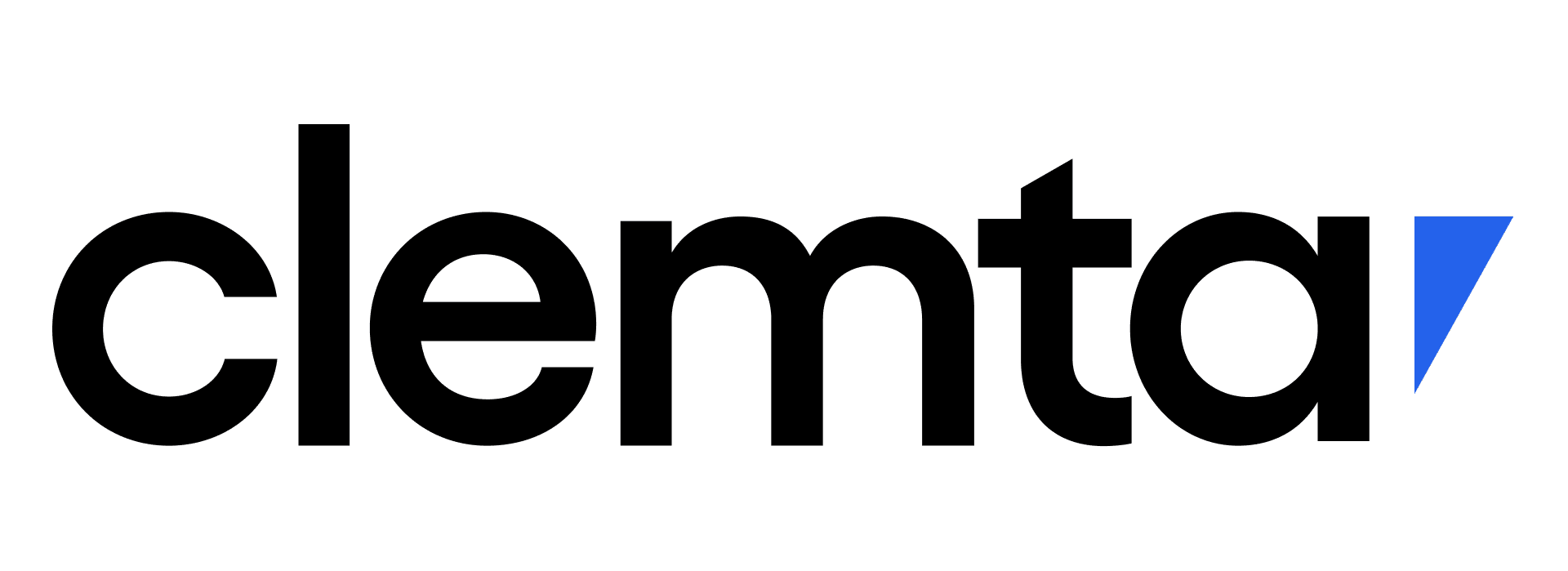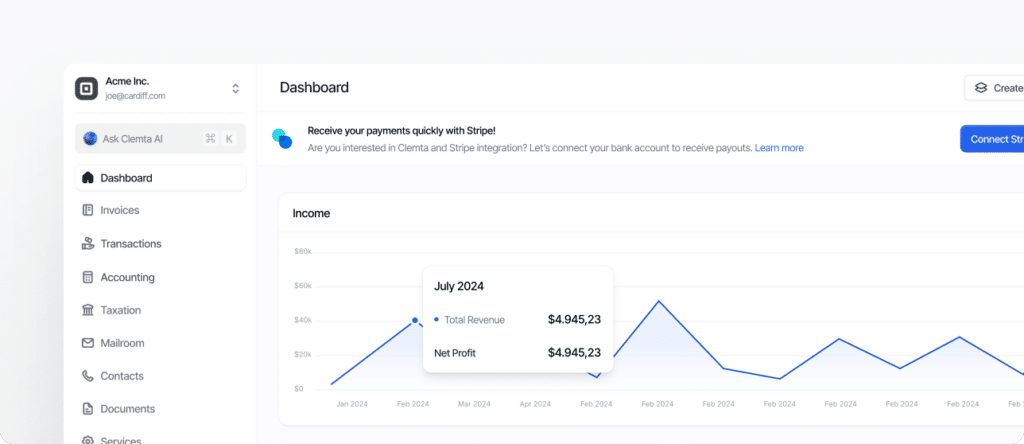A U.S. tax form used by partnerships and certain LLCs or S corporations to report each owner’s share of the business’s income, deductions, and credits to the IRS and to the owner.
What is Schedule K-1?
Schedule K-1 is an informational tax document used to report the share of income, losses, deductions, and credits that each owner (also called a partner, member, or shareholder, depending on the entity type) is responsible for in a pass-through entity. These include partnerships, multi-member LLCs, and S corporations. Since pass-through entities do not pay federal income tax at the entity level, profits and losses are “passed through” to the individual owners, who report them on their personal tax returns.
Each owner receives a separate K-1 showing their specific portion of the business activity, based on ownership percentages or as outlined in the company’s operating or partnership agreement. For example, if two partners each own 50% of a partnership, each will receive a K-1 showing half of the partnership’s net income or loss, even if no actual cash was distributed.
A Form 1065 is filed by partnerships and multi-member LLCs, and the Schedule K-1 (Form 1065) is attached and issued to each partner. In the case of S corporations, Form 1120-S is filed, and a K-1 (Form 1120-S) is prepared for each shareholder. The information from the K-1 must then be reported by each owner on their individual tax return (Form 1040, or Form 1040-NR for nonresidents).
For non-U.S. residents who are partners or members of U.S. pass-through entities, receiving a Schedule K-1 can create U.S. tax filing obligations, even if the person never received a distribution. Depending on whether the income is considered effectively connected income (ECI) or fixed or determinable annual income (FDAP), and whether a tax treaty applies, the individual may owe U.S. taxes and may be required to obtain a Taxpayer Identification Number (TIN or ITIN) and file Form 1040-NR.
Understanding how Schedule K-1 works is critical for owners of U.S. LLCs and partnerships (especially international founders), because tax liability can arise even without actual cash payments, and compliance requires accurate and timely filing. K-1s are typically issued after the end of the tax year (usually by March 15), giving owners time to prepare their personal returns. Errors or late issuance can delay tax filings or trigger penalties.
In summary, Schedule K-1 is the mechanism through which pass-through entities allocate income and tax responsibilities to their owners. It ensures that the IRS knows how business profits are being distributed and taxed, and that each individual reports their fair share.

